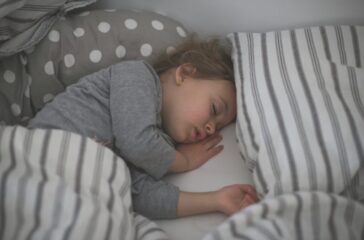Unsafe sleeping? Mattresses may expose children to toxins as they sleep, studies find
By Shannon Kelleher
While monsters under the bed may be just childhood fantasy, parents might have real reason to fear what’s lurking in their children’s mattresses.
 EWG
EWG